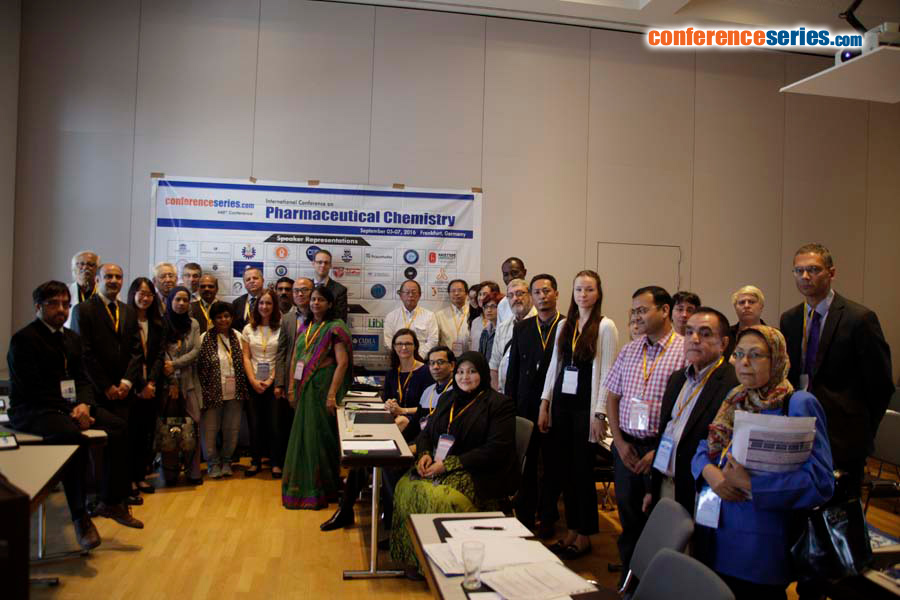
Poonam Piplani
Panjab University, India
Title: Development of piperazine derivatives as potential cognition enhancers
Biography
Biography: Poonam Piplani
Abstract
These days, dementia is a very costly burden on public health and an unmet medical need. Till date, many molecular targets such as acetylcholinesterase, phosphodiesterase, dopamine receptors, NMDA receptors, acetylcholine receptors etc. and behavioural pharmacological models have been studied for the discovery of new potential cognition enhancers. However, targeting inhibition of acetylcholinesterase has produced many clinically used block buster drugs. Piperazine is considered as a privileged structure as substitution at various positions of this nucleus results in a variety of derivatives possessing diversified biological properties. The functional importance of piperazine derivatives in cognition imposes very high requirements on their development as drug candidates. It was thus envisioned to synthesize some newer compounds having a better therapeutic profile by incorporating N4 substituted piperazine ring and a substituted aryloxy moiety linked through various spacers in a single molecule. They will probably have the ability to interact with both the catalytic and the peripheral site of AChE, anticipating, the molecules may act as dual binding site AChE inhibitors. These compounds should be able to decrease the cognitive dysfunction and increase the cholinergic neurotransmission. Combining the chemical and pharmacological point of view, a series of novel piperazine derivatives has been designed, synthesized and evaluated for cognition improvement. All the synthesized compounds were evaluated as dual binding site inhibitors of acetylcholinesterase. The compounds encompassed an aryloxy moiety, a substituted piperazine and either a C-2 or C-3 spacer, so that they could interact with both the catalytic site and the peripheral anionic site (PAS) of acetylcholinesterase enzyme. The SAR study revealed that N-(4-{3-[4-(4-fluoro-phenyl)-piperazin-1-yl]-propoxy}-phenyl)-acetamide (I) containing the 4-(N-acetylamino)phenoxy and N4-(p-fluorophenyl) piperazinyl moieties with a C-3 spacer was found to be the most active with IC50 value 0.49 μM. Docking study showed that the carbonyl O-atom was involved in H-bonding with TYR130 and both the aromatic rings showed π-π stacking contact with Phe330, TRP84 and TRP279. In addition, the compound showed dual binding site inhibition and mixed type inhibition characteristics from enzyme kinetics studies. Furthermore, ex-vivo study exhibited CNS penetration ability, and was found to be active in passive avoidance memory evaluator model at a dose level of 1mg/kg. It also showed significant antiradical activity. Therefore, these evidences suggested that (I) could be developed as a prospective neuroprotectant and a cognition enhancer for the future pursuit.






